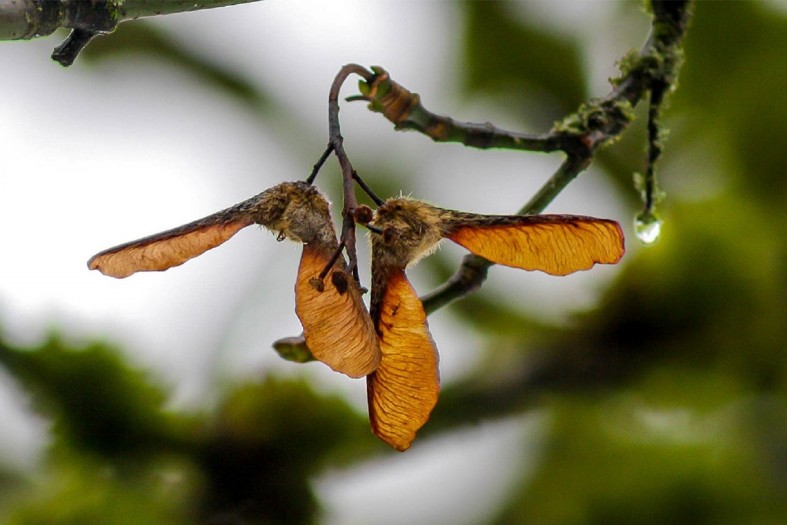
Autumn has arrived bringing with it two seasonal poison hazards for horses and ponies – sycamore seeds or ‘helicopters’, and acorns. Atypical myopathy (sycamore poisoning or seasonal pasture myopathy) is a disease caused by the ingestion of sycamore seeds, seedlings or leaves and is often fatal in horses and ponies.
Acorn poisoning requires urgent veterinary care
This year we are seeing an unusually high ‘crop’ of acorns. Just like all fruit and nut trees, oak trees produce variable amounts of acorns from year to year, with ‘mast years’ having unusually high yields.
The toxic effects of acorn ingestion can be severe and urgent veterinary attention is essential. Clinical signs of poisoning include moderate to severe colic or colitis, lethargy, dehydration and dark urine which can be due to compromised kidney function. Signs may develop extremely rapidly and death can occur within a further 12-24 hours.
Sycamore poisoning can also be fatal
The hypoglycin A (HGA) toxin present in sycamore seeds and seedlings causes Atypical myopathy in horses and ponies, slowing the energy production in muscles, including the heart. Levels of HGA vary from seed to seed and tree to tree and with thresholds of toxicity varying amongst horses, predicting whether an exposed horse will become ill is virtually impossible.

Onset of symptoms can be rapid, with horses occasionally being found dead in their field. Often the first sign is colic, quickly followed by muscle tremors and weakness, leading to a dropped head with the horse lying down and unable to get back up as the muscles have become so weakened. Once the breathing and heart muscles are affected, death can follow, and euthanasia should be considered.
Dark red-brown urine is a tell-tale sign of Atypical myopathy, as there are only a limited number of diseases which cause this symptom. If your vet suspects Atypical myopathy, they will usually take a blood sample in order to test for HGA toxin as well as to check the muscle enzyme levels. Increased muscle enzymes reflect damage to muscles, which may be a result of sycamore poisoning if HGA levels are also high in the blood.
Can Atypical myopathy be treated?
The first 24-48 hours are critical and emergency hospitalisation and treatment will increase chances of survival. During this time, horses may deteriorate before showing signs of improvement. The severity of the illness means many veterinary surgeons will only offer a 50:50 chance of survival.
Hospitalisation offers the best chance of success because large volumes of intravenous fluids may be given rapidly, to protect the kidneys from the damaging toxins and prevent dehydration. Hospital-based 24-hour nursing care also allows for effective pain management via analgesic infusions which is not typically possible to the same extent on a yard.
Will my horse ever be the same again?
Horses who survive the first week tend to make a full recovery. Almost all horses who survive return to their former selves with very little or no trace of the disease, but recovery time depends on the individual horse. Patience, commitment and intensive treatment are required.
How can I help protect my horse from acorn and sycamore poisoning?
Pasture management is key to prevention. Minimise the risk of ingestion of sycamore seeds or acorns by:
- Knowing what type of trees you have inside, adjacent and near to your pasture. Learn to identify sycamore and oak. Use electric fencing to keep horses away from such trees.
- Removing fallen acorns and sycamore ‘helicopters’ from pasture, just as you would ragwort, especially after periods of high winds.
- Providing plentiful hay or haylage when grazing is poor.
- Reducing turnout during high risk periods and clear pasture before turnout.
- Continuing to monitor horses for signs of the disease for up to four days after having moved them from affected pasture.






